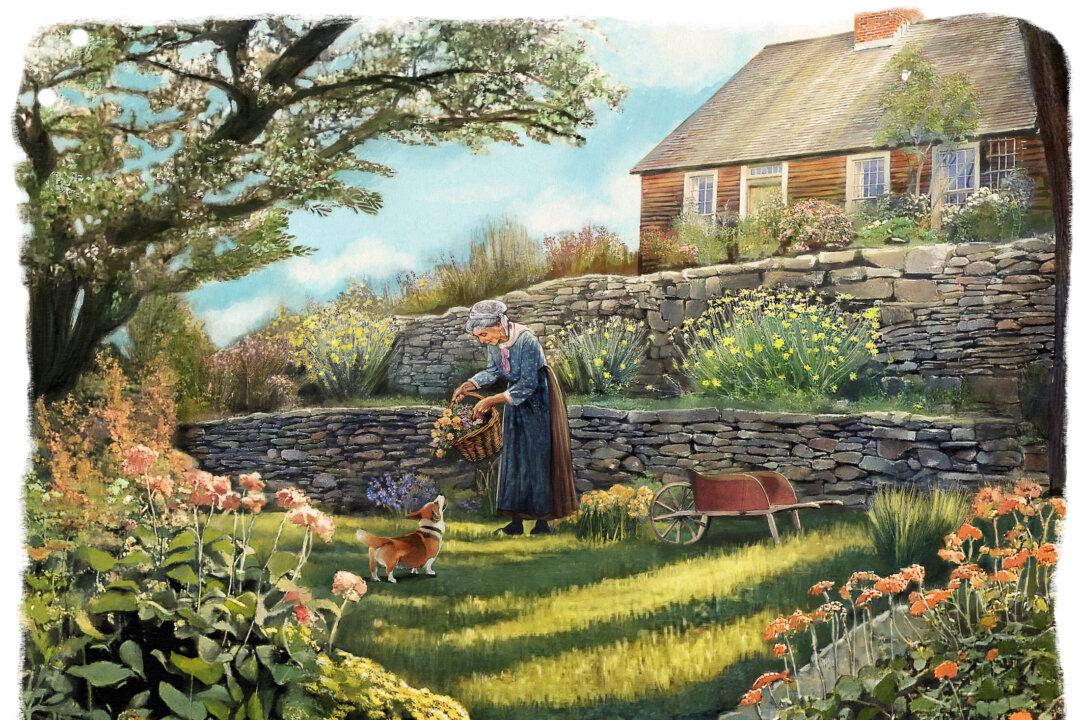Celebrated children’s book author and illustrator Tasha Tudor lived an unconventional, old-fashioned life on New Hampshire and Vermont homesteads that fueled her astounding creative output, filling it with life, light, mirth, and nostalgia for bygone days. Tasha’s New England upbringing shaped her writing, artwork, and lifestyle in profound ways.
A Whimsical Childhood
Tasha Tudor was born in 1915 to William Starling Burgess and the accomplished portrait painter Rosamund Tudor. She was particularly devoted to her nanny, Mary D. Burnett—whom she called “Dady.” Tasha’s parents divorced when she was 9 years old , and she went to live with family friends in Connecticut. There, her creative tendencies blossomed under the influence of her foster mother, who was a playwright, along with her foster sister and the neighborhood girls. Together, the girls acted out characters from the books they read. They enjoyed dancing and theater.Tasha’s education was sporadic, mostly informal, and revolved heavily around reading books on her own or with friends and mentors. During her time in Connecticut, she also learned about the natural world and rural living. She soon fell in love with traditional agricultural life and had a passion for it for the rest of her life.






